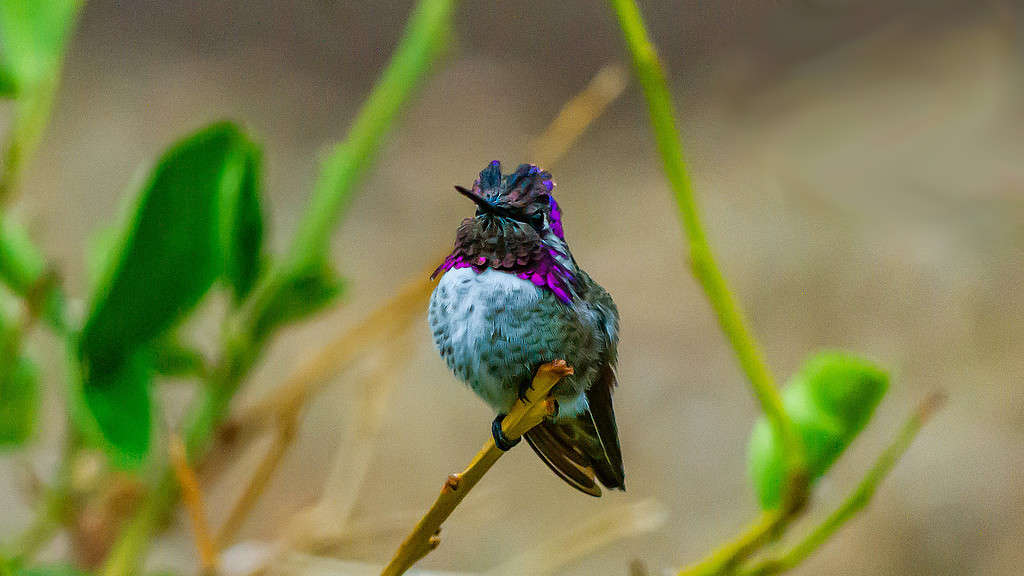Hummingbirds are beautiful creatures. But like all birds, they migrate from place to place. These migratory patterns usually coincide with the weather. When it comes to Arizona, hummingbirds tend to leave the state in August or September. They don’t come back for months. But when do they return to Arizona? Let’s take a look at when hummingbirds return to Arizona. We’ll also explore the types of hummingbirds in the Grand Canyon State and other fun facts.
When Do Hummingbirds Return?

When it comes to the most abundant diversity, there are more hummingbirds along the US-Mexico border than anywhere in the United States.
©Peter Milota, Jr./ via Getty Images
Hummingbirds usually return to the Grand Canyon State in the spring. As flowers bloom, and the weather gets warmer, hummingbirds migrate back to Arizona. These majestic creatures stay in the state between April and September. In early autumn, that is when they leave for other lands. However, some species of hummingbirds leave earlier than early autumn. For example, the Costa’s hummingbird leaves in early summer, before it gets too hot in Arizona, flying to the mild climates of California or the Baja region.
Arizona is a haven for hummingbirds. Perhaps it is Arizona’s location that is attractive to hummingbirds. The state’s southern region is where these amazing birds gather in concentration. The Rocky Mountains to the North and the Sierra Madre Mountains in Mexico to the South are a few of the reasons why Arizona is a great passageway for many birds, including hummingbirds. Many hummingbirds leave the Grand Canyon State around autumn.
Types of Hummingbirds in Arizona

There are more than 330 species of hummingbirds found throughout the world.
©yhelfman/Shutterstock.com
Because there are so many hummingbirds along the border between the United States and Mexico, Arizona has a whopping 13 species of hummingbirds. These hummingbirds are rampant in the state, especially in the southeastern region. Let’s take a look at the most common hummingbirds that you will find in Arizona.
- Anna’s Hummingbird (Calypte anna): most common during springtime, but you can see them year-round.
- Black-chinned Hummingbird (Archilochus alexandri): most common to see between April and September.
- Broad-billed Hummingbird (Cynanthus latirostris): most common to see between March and October.
- Broad-tailed Hummingbird (Selasphorus platycercus): most common to see between March and August.
- Costa’s Hummingbird (Calypte costae): most common to see in early spring and leave by summer.
- Rufous Hummingbird (Selasphorus rufus): most common to see between March to April and July to October.
Conclusion

Hummingbirds are stunning creatures that happen to be the smallest migratory birds in the world.
©Monir Hossain/iStock via Getty Images
And there you have it, hummingbirds will return to Arizona in the springtime. Expect to see them around April and you’ll be able to continuously see them for several months until September or October. In early autumn, that is when hummingbirds will leave for other lands around the country or the world. And when you spot these beautiful creatures in the Grand Canyon state, get up close and personal and take pictures of them. They will be treasured forever.
The photo featured at the top of this post is © Rick Scuteri/Shutterstock.com
Thank you for reading! Have some feedback for us? Contact the AZ Animals editorial team.







